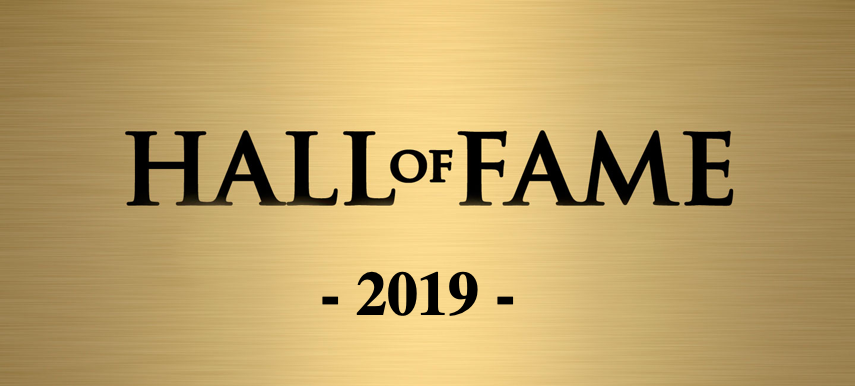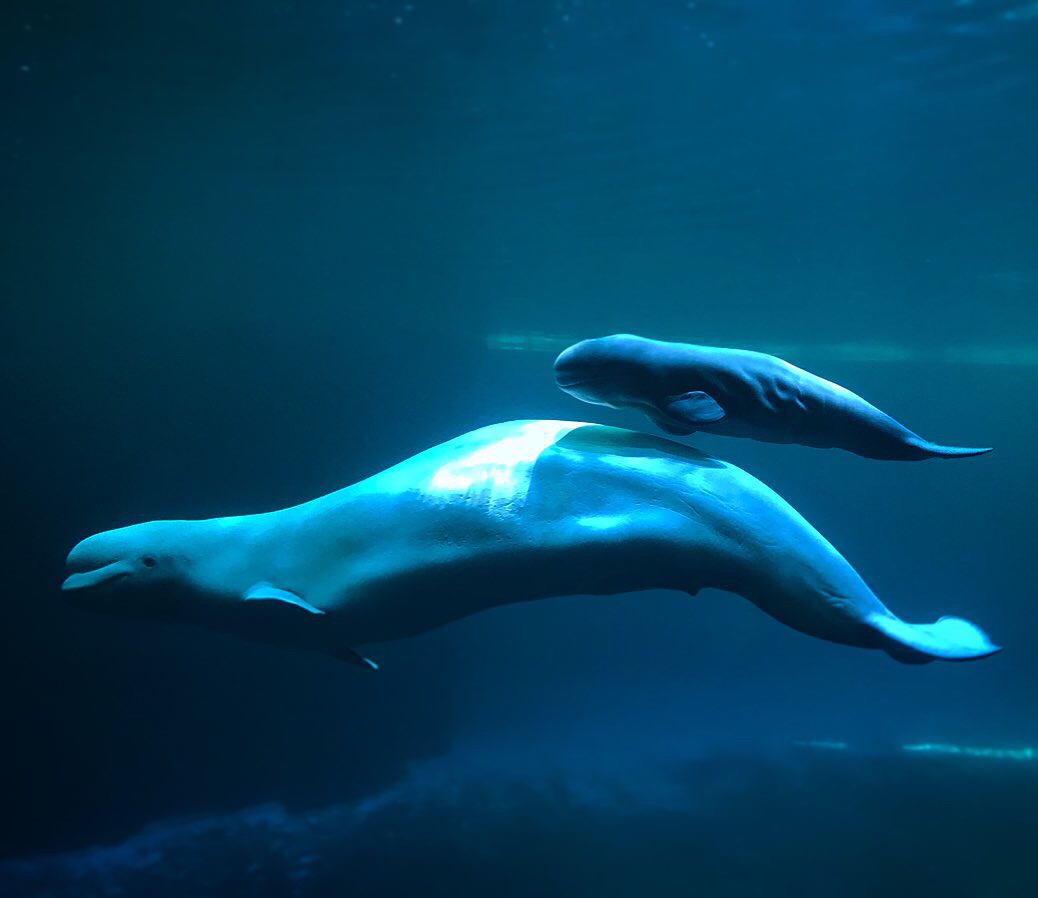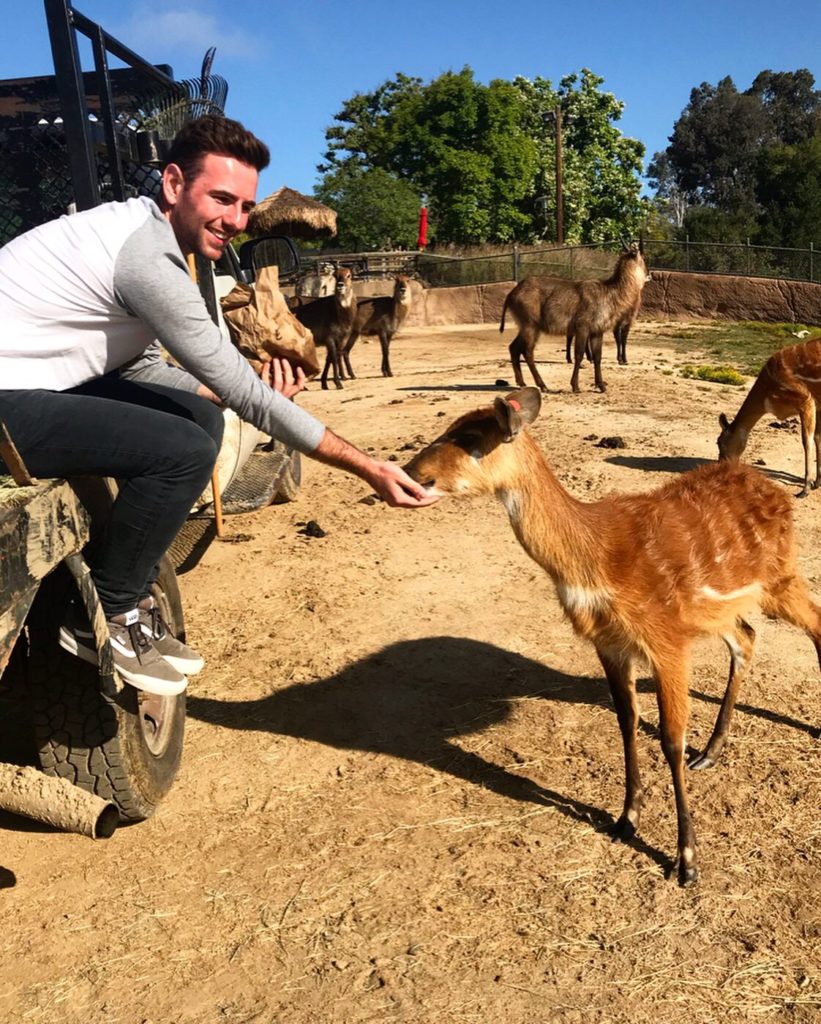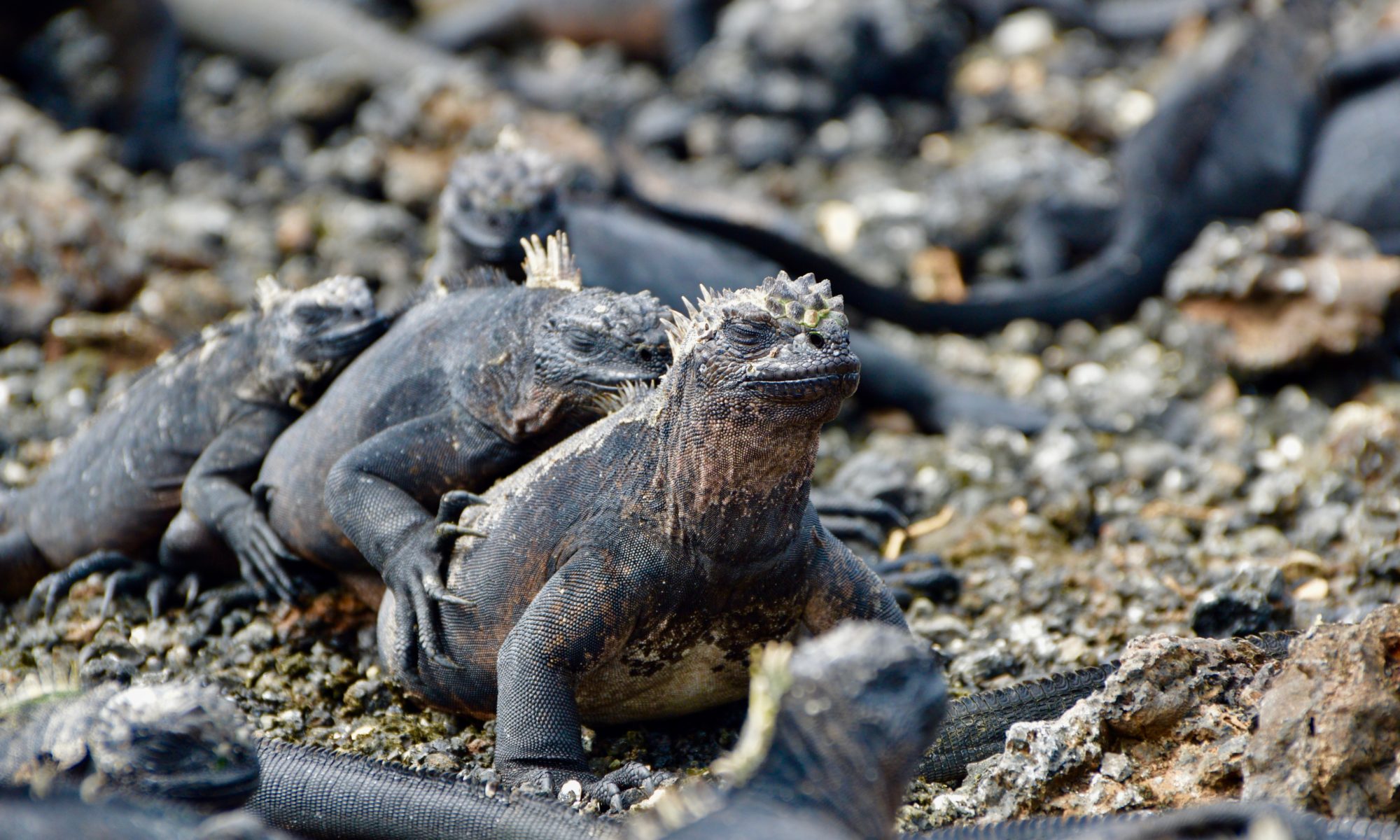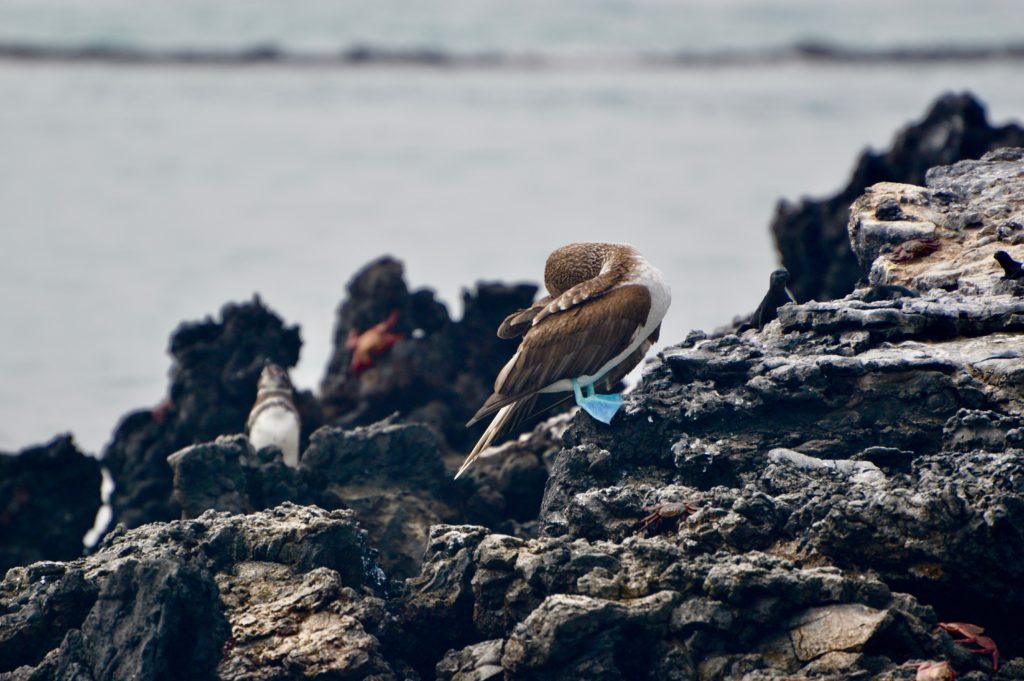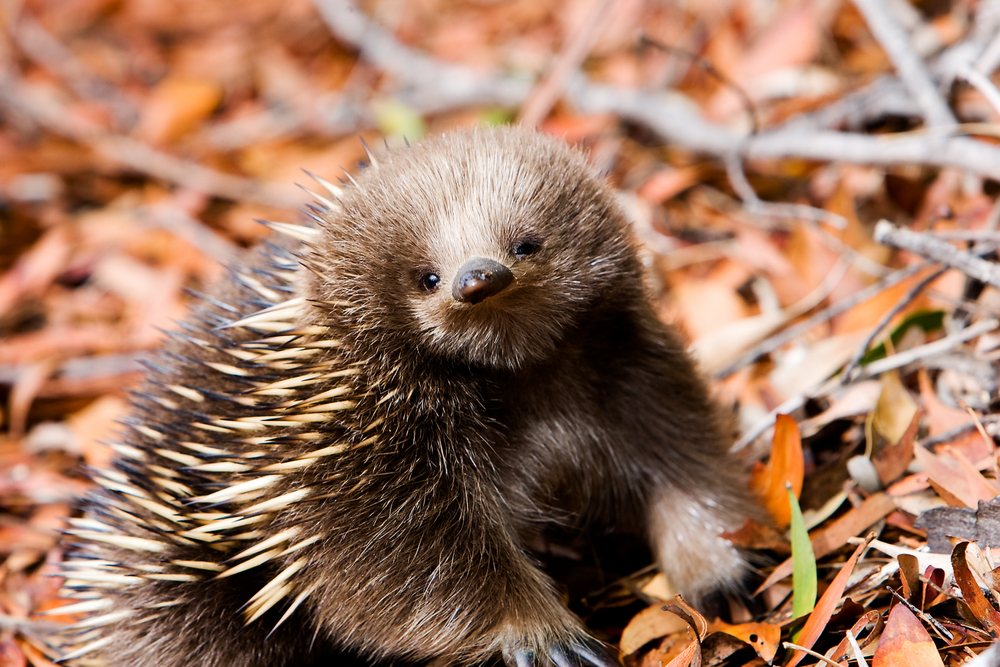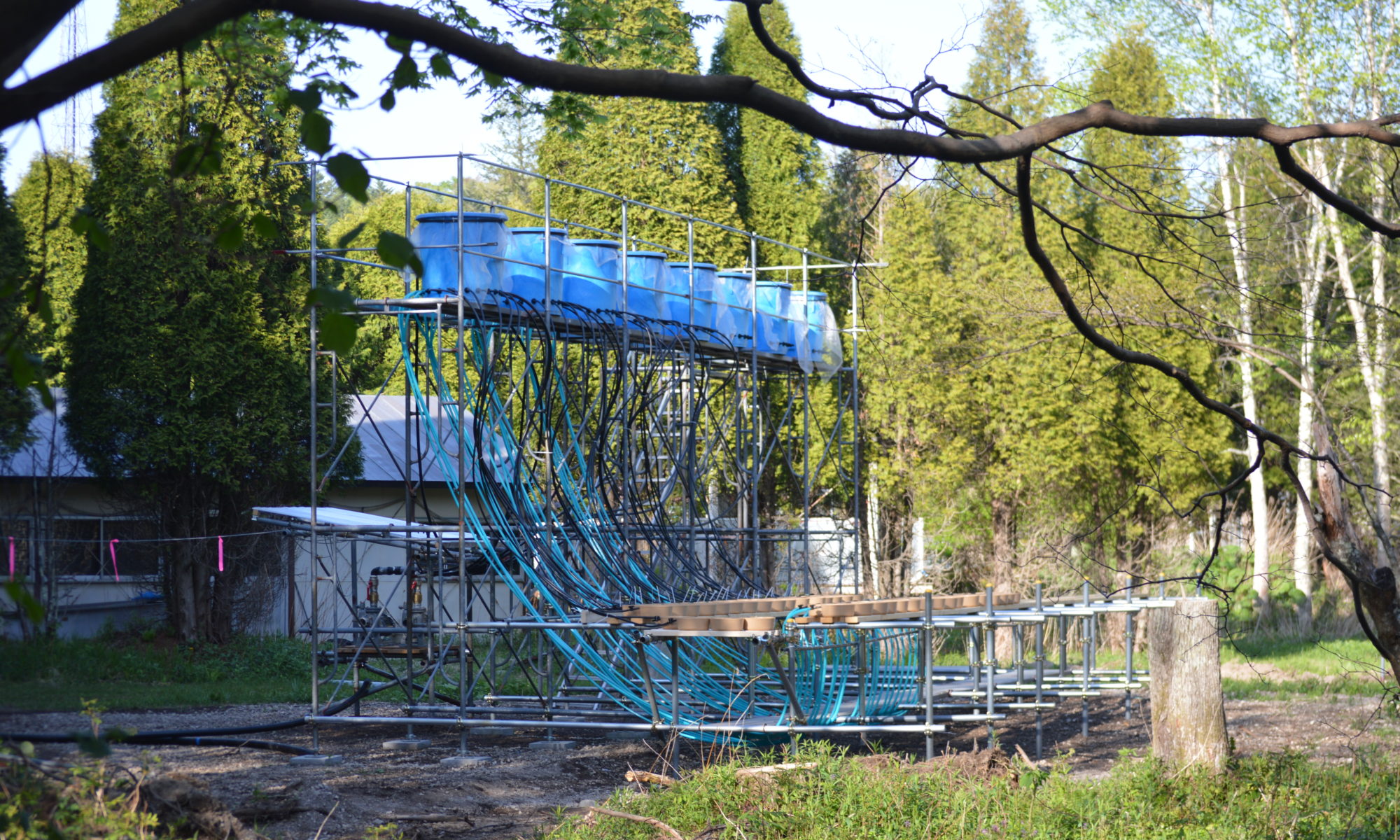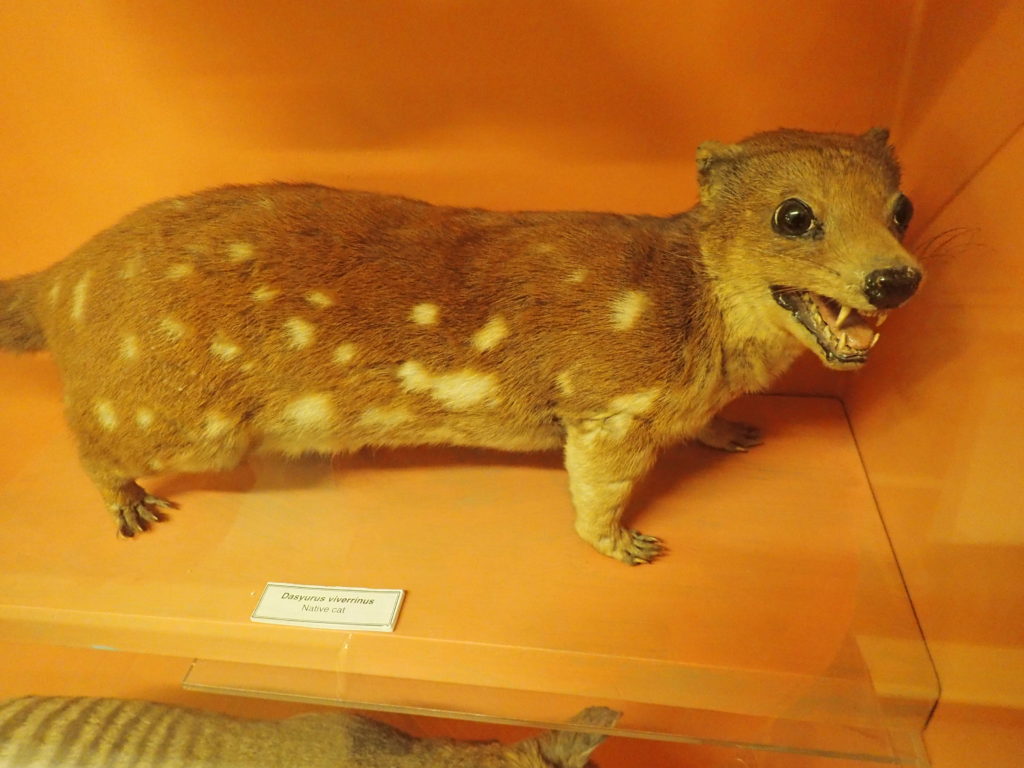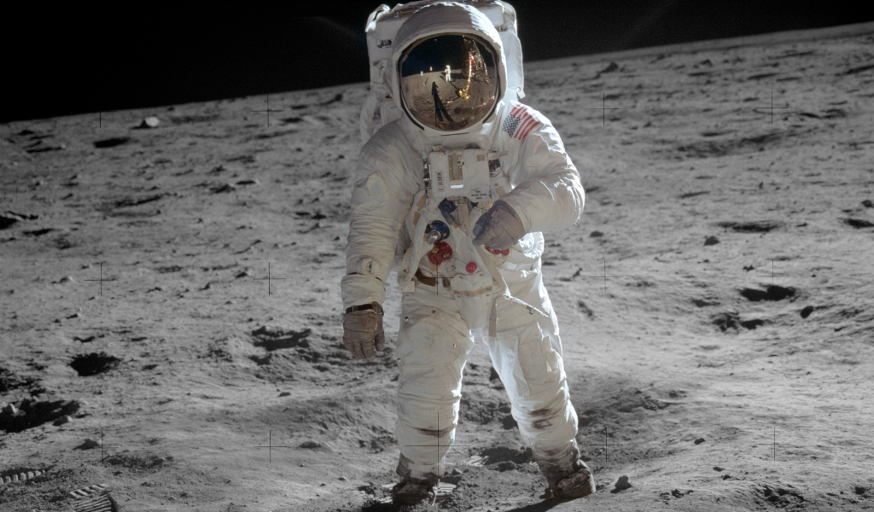What started as a good excuse to take a break from thesis writing (while still being productive), ended up being two of the best days I’ve ever had in college – the 2020 Zoology/Botany Postgrad Symposium.
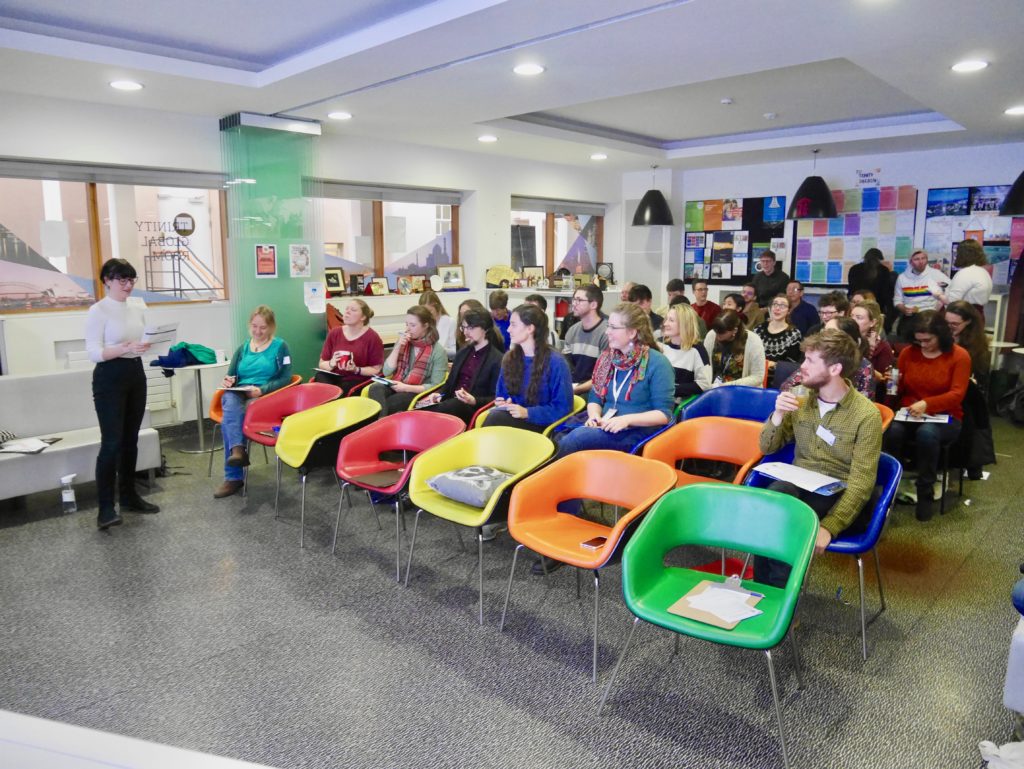
For two days we were treated to the most incredible talks on a wide range of topics, covering theoretical, lab-based, and field work. It was incredible to see the wide range of research being done in the department. It’s difficult to keep up with everything that’s going on, but these talks gave a great insight into some of the incredible work being done.
Continue reading “The 2020 Postgraduate Symposium: putting the broad range of research in the School of Natural Sciences under the limelight”


